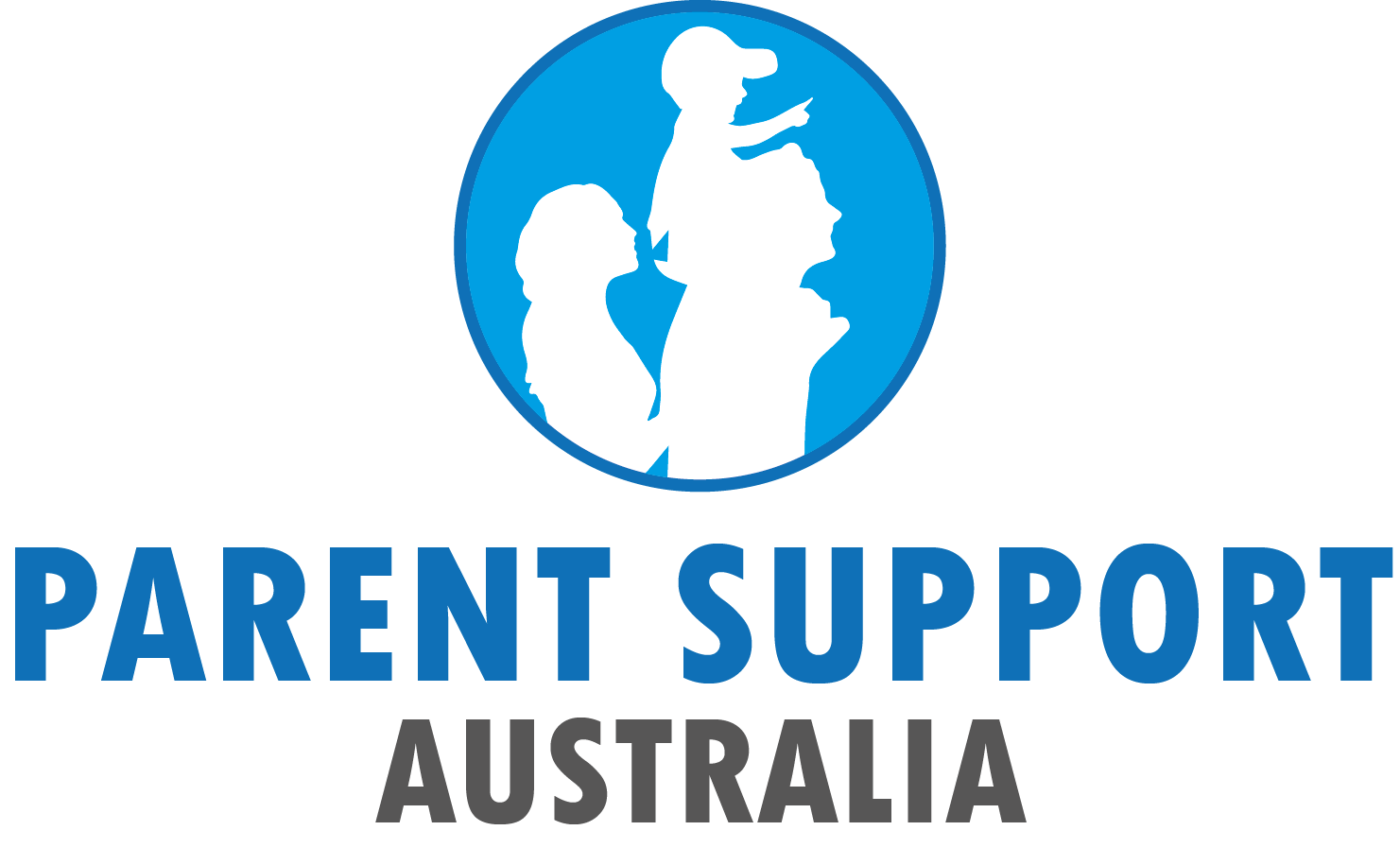When it comes to educating the next generation in Australia, it is like you are gazing at a crystal ball. Five decades ago, some would have expected the likes of Classics and Latin to become redundant. If you will ask about these subjects in Australian classrooms right now, you will not only discover that these are not taught anymore but students will even ask you how these can help them in their real day to day life.
This question speaks a lot about the modern-day learners. They no longer consider conventional academic subjects as irrefutably valuable because they also need it to come in handy in this modern world. This yea 2020, how will learning Latin help you land a job?
A lot of Australians seem to share the same sentiments. Based on the latest survey, many people have this belief that education must put stronger emphasis on vocational and practical skills. Although traditional subjects remain important, most believe that this no longer prepare students for the future working environment where they will be part of.
How do Australian schools adapt, then?
Multi-skill Education
Skills should be the top priority instead of jobs. In the past, jobs tend to come and go often. Many Australian students were gearing up for occupations where most were expected to be significantly changed by automation. This is why focus on multi-skilled education is important to make it through the dynamic job economy. Although the educational system won’t prepare you for this, it places more emphasis on multi-skill education that accommodates an equally multi-career future.
Industry Insight and Apprenticeships
This concern doesn’t have a quick and easy fix but seeing most schools form partnerships with the local trades and industries is something that will see an increase in the future. Working with industry experts can close the gap in skills that are currently present between employment and education.
Games
The curriculum is now getting rewritten by technology. The extensive use of different wireless devices right now made some tasks meaningless such as typing. Youngsters now feel more comfortable with touch-typing even at a very young age. Also, students no longer have time to put their handwriting into practice. Amidst this society that is starting to become increasingly paperless, calligraphy is now considered a relic of the past.
To make sure that today’s schools wont’ fail the youngsters, it is a must for them to adapt. Interestingly, there are experts who recommend that gaming might play an essential role in the field of education. Games got the unique abilities to enthrall, engage, and move people, qualities that experts deem to be the key to embed knowledge. Games became popular for the past few years, basically through making the most out of the benefits of the games, such as drama, competition, and enjoyment, and relating these to different issues in the real world. Games are also believed to have this power of addressing real-world issues.
Ultimately, it is easy to see that technology will shape the future of education in more ways than one. To better equip the next generation in Australia, the educational system can no longer rely exclusively on traditional subjects to prepare the kids. It moves with technological advances. With technology and times moving forward, the education system should, too.
